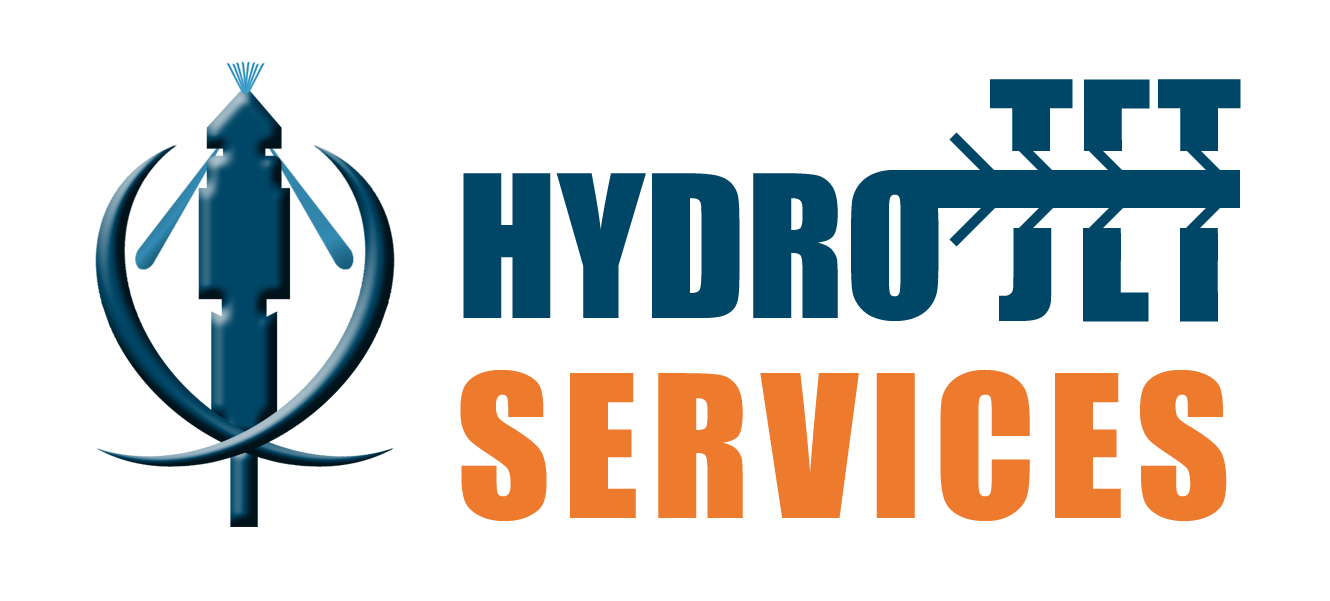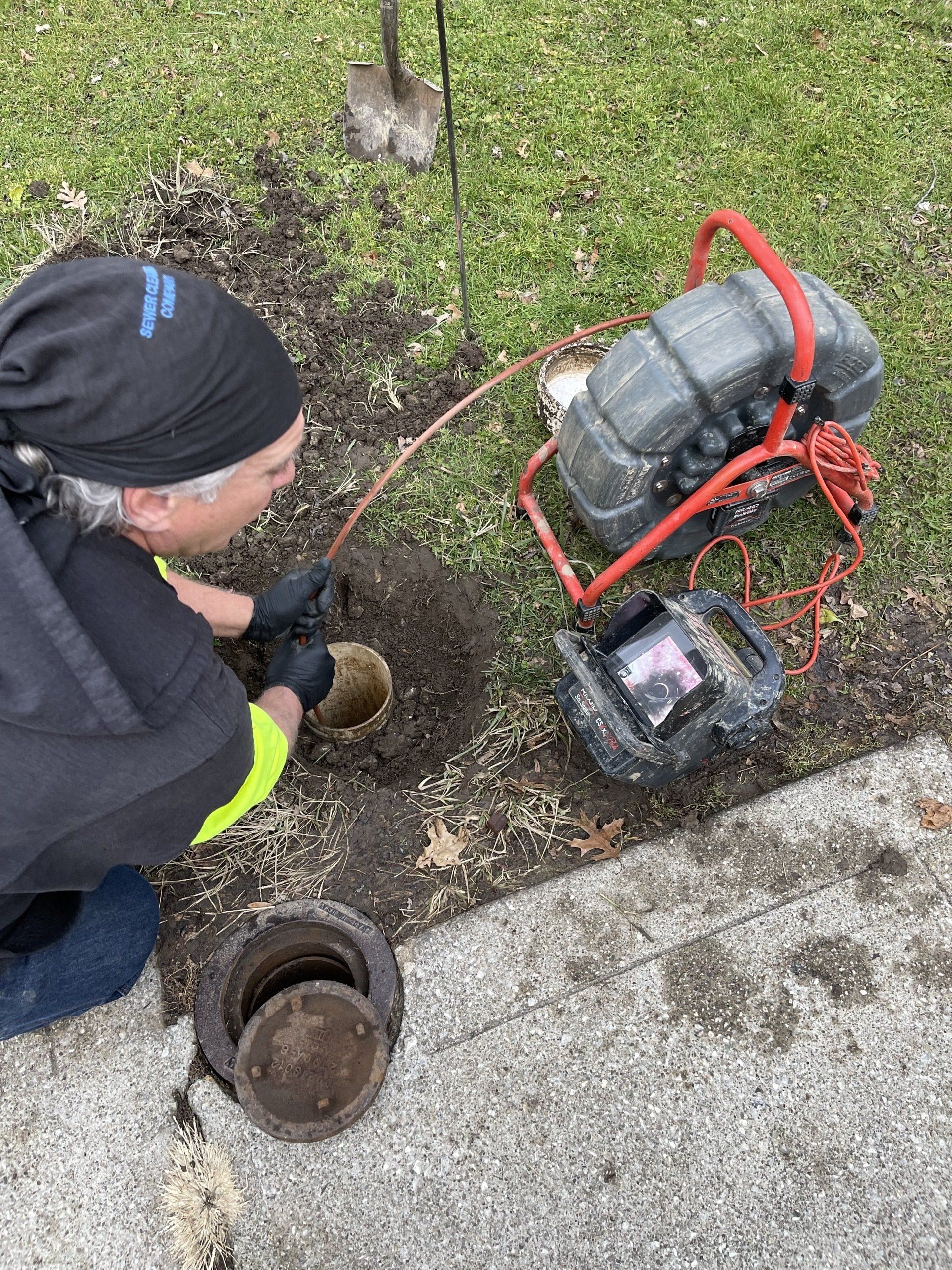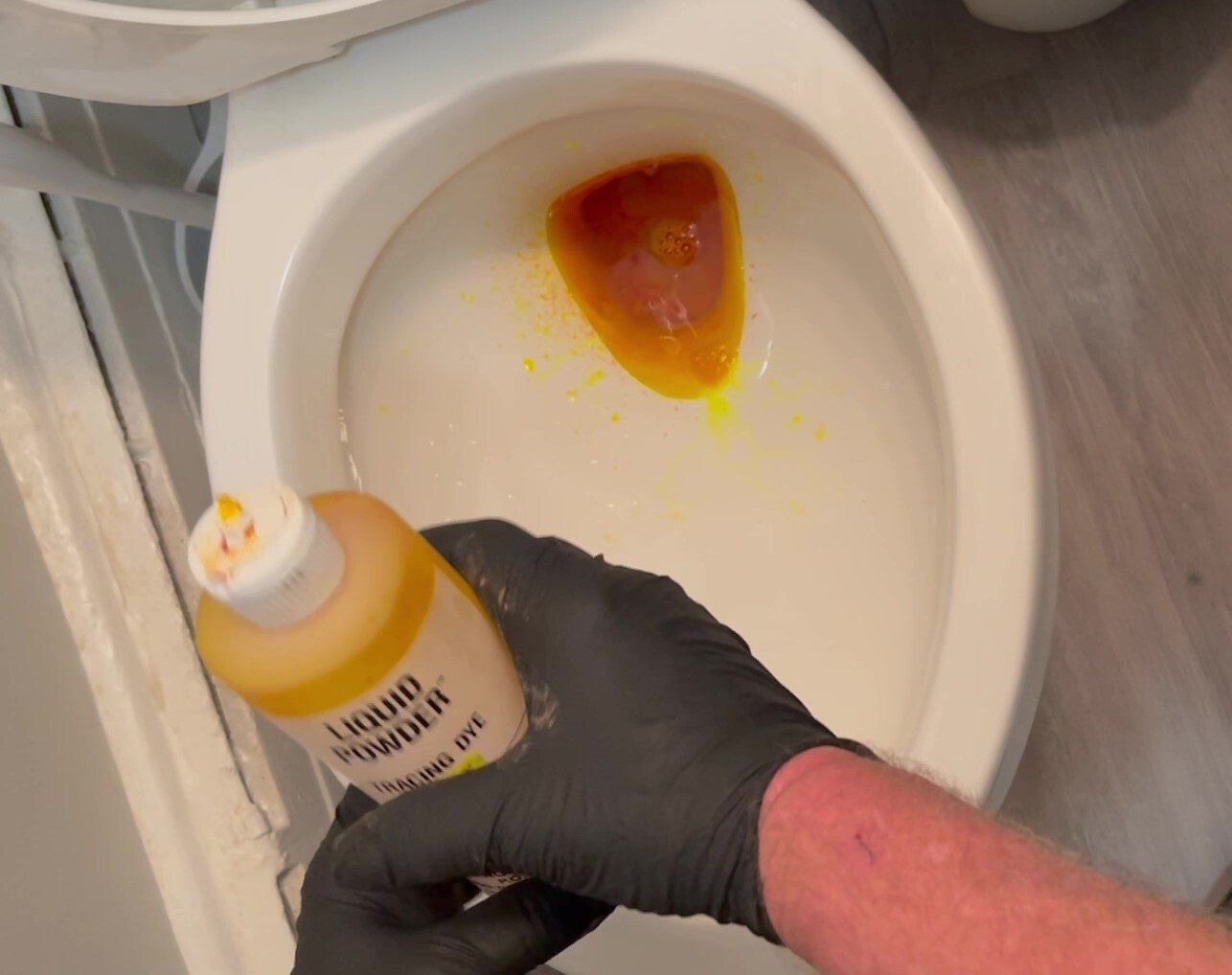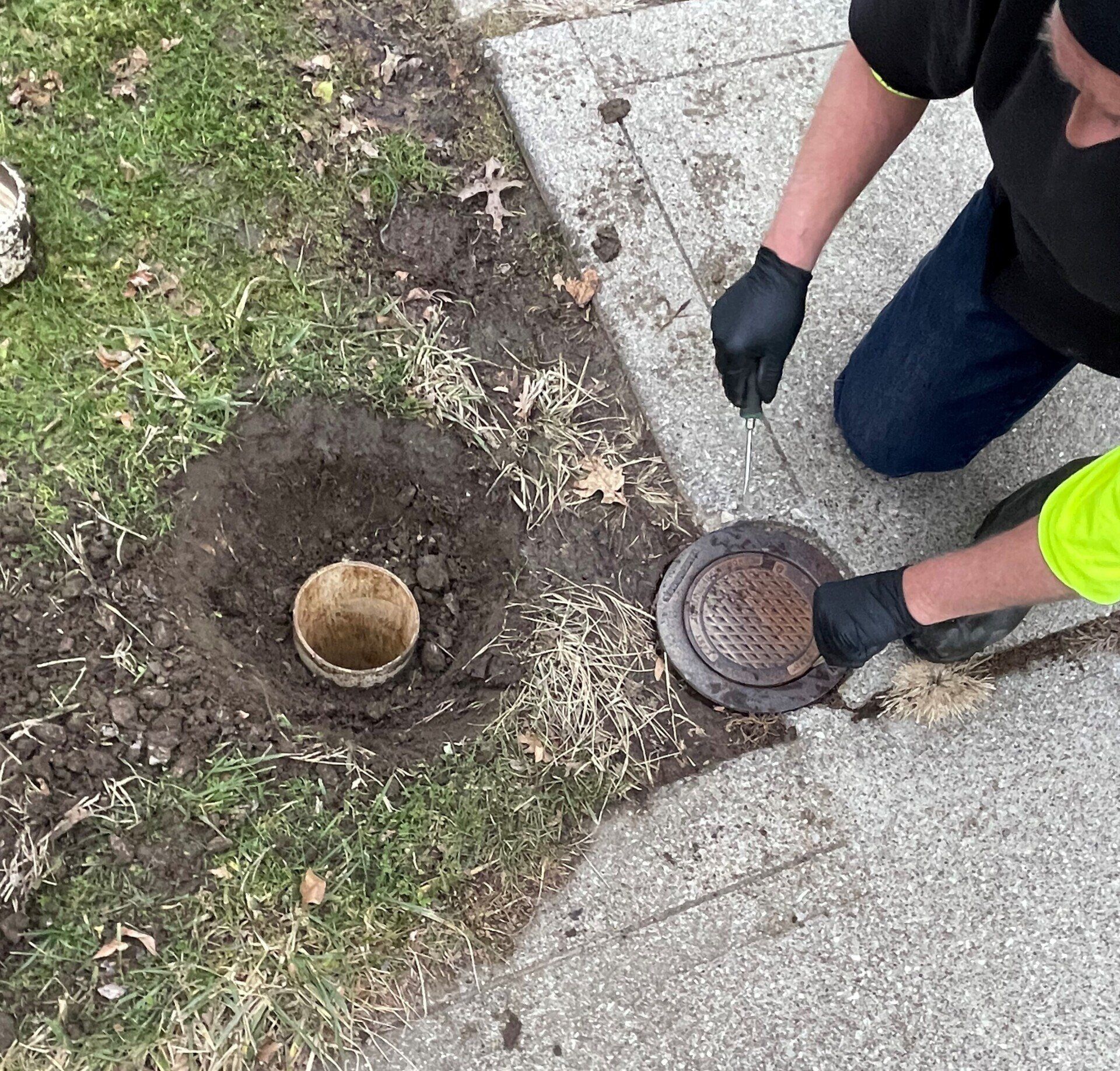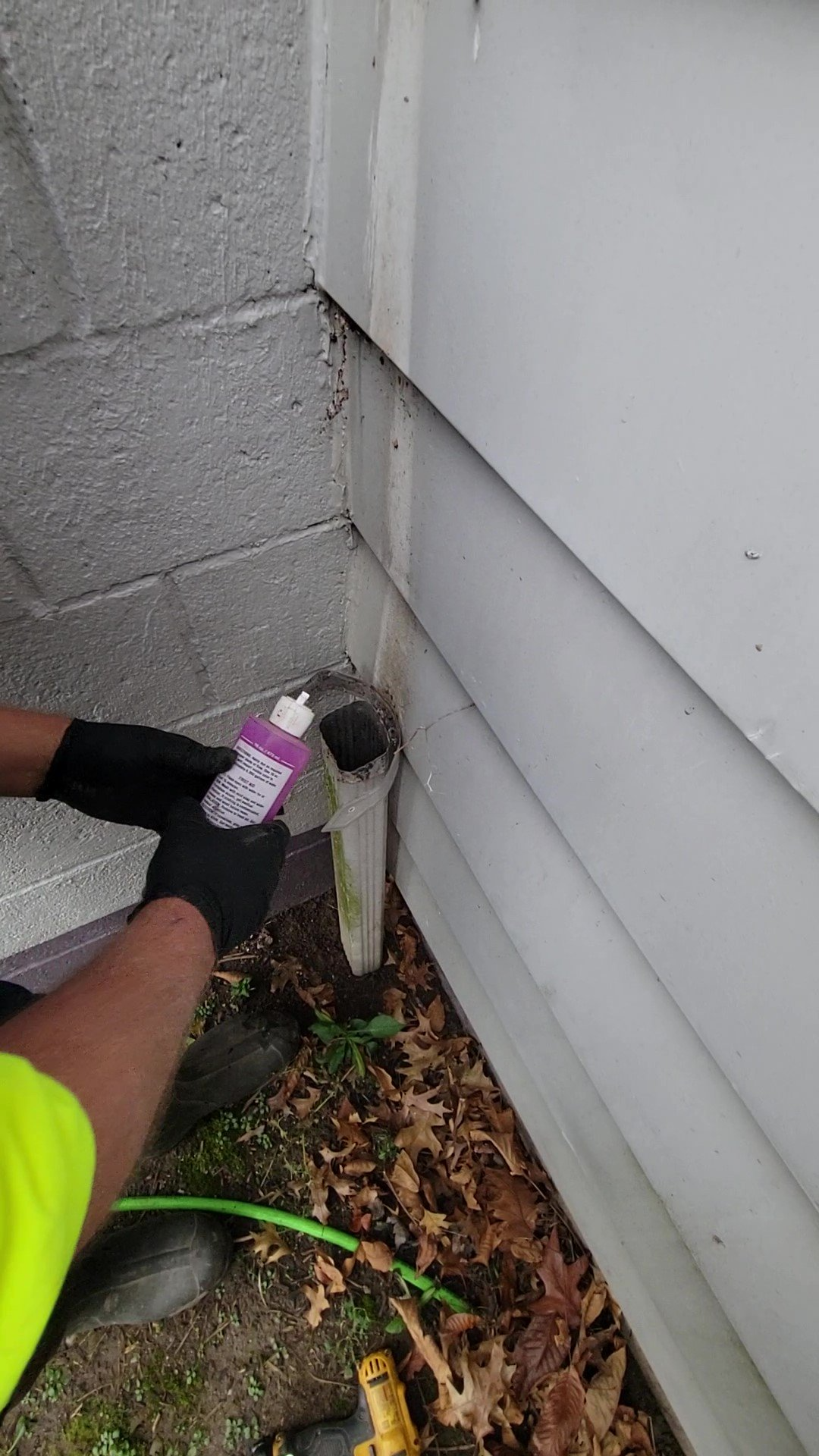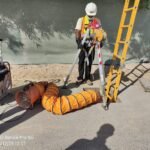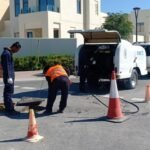WHAT IS A DYE TEST?
A dye test confirms that water from either the storm or sewer does not mix with the other. Each sewer system is sealed and contained so as not to contaminate one or the other.
The process of dye testing the sewer line starts with adding dye to the utility sink floor drain and running water to confirm that the dye ends up in the sewer’s test tee riser in the front of the home. A different color dye is used to test the outside storm drains and is also confirmed at the storm system’s test tee riser at the front of the home. This test is performed to determine if one color of dye leaks into the others’ system, identifying that there is a section of pipe that is compromised and needs to be repaired.
In performing a dye test, nontoxic dye is placed into each exterior storm connection, such as drains, downspouts, and driveways, and then flushed with water.
It is then verified if the colored water exits into the street via storm water drains or – by monitoring the downstream sanitary sewer manhole – if there is a presence of dyed water in the sanitary sewer.
- Pass. If the dye placed in the sewer system stays in the sewer system, the test passes. Similarly, if dye placed in the storm system stays in the storm system, the test passes. If the two do not cross into one another, this system is sealed and will pass.
- Fail. If one or the other dye enters into the other system, then the system is compromised and needs to be repaired.
